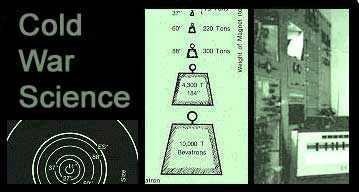

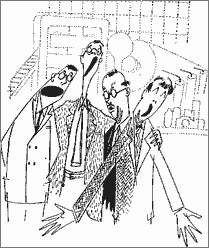 |
Cold War Science
Up on the lawns of Washington the physicists assemble – "Take Away Your Billion Dollars," by Arthur Roberts (1946), who later commented: "I was impressed by the number of people who thought that it was aimed at them." |
|
|
||
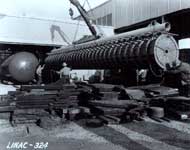 Construction of linear accelerator. |
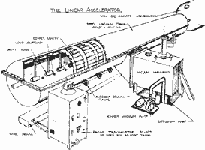 Schematic diagram of linear accelerator. |
|
|
|
||
|
|
||
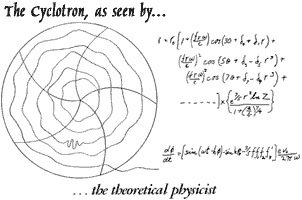 |
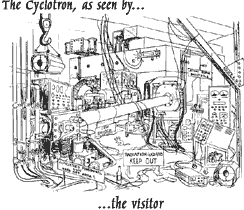 |
|
|
Two physics cartoons from the 1960s. Source: LBL Image Library. More Cartoons |
||
|
|
||
Meanwhile Congress took nuclear research from military control and gave it to a civilian Atomic Energy Commission. Lawrence had lobbied the AEC to support the construction of even bigger accelerators, convincing them the results would be worth the huge expense. But the Berkeley team faced competition from a collection of scientists in the northeastern states. In 1947 they founded the Brookhaven National Laboratory on Long Island in New York and asked the AEC for their own accelerator. After several rounds of proposals and counter proposals, the AEC agreed to support new proton synchrotrons at both labs. Brookhaven would build quickly to reach 3 BeV (a BeV, now called a GeV, is a billion electric volts). Berkeley aimed to construct a 6 BeV machine with a 10,000 ton magnet, the "Bevatron." |
|
|
|
|